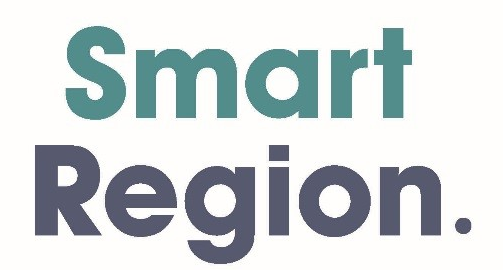What Lies Ahead For Marketers in 2017
2016 was not the year for faint-hearted marketers as they pushed to measure and prove the ROI of their content marketing efforts in order to fight for larger budgets. Google and Facebook continued to dominate, while the rest of the industry may have shrunk. Concerns around ad blocking, viewability, and measurement accuracy continued to dominate conversations about social platforms.
Publishers are in trouble, while Google and Facebook continue to pull away. Here’s a list of all the things we should all be prepared for in 2017:
1. Facebook and Google will continue to dominate. The rest of the industry will shrink
According to the IAB, the digital advertising industry continues to grow nicely. But if you peel back the onion, you’ll see that it’s actually Facebook and Google that is commanding the lion’s share of the growth. In fact, outside of those two platforms, the rest of the industry is shrinking in Q2. This duopoly is scary, and potentially unhealthy. But I think it will continue next year and don’t see how or when this trend will change.
Thanks to @jason_kint for the table below:
2. Brands will buy all their own media. Agencies will have to reinvent themselves
Marketers are starting to realize that the media landscape is not that complicated. The trend of taking media buying in-house will continue, and most of the focus will be on Google and Facebook (see above). Agencies will no longer be able to build a business by taking a cut of media spend. The smart ones will reinvent themselves (see below), but the rest will slowly disappear.
3. Marketers will no longer blindly trust third-party data
With demands to prove ROI at an all time high, marketers require insight into the performance of their strategies in order to improve campaigns based on real insights. But with many companies being commercially incentivized to provide bloated data, marketers in 2017 will look outside of those providers for truth. No longer will they blindly accept data from publishers or social networks; they’ll demand direct access to the results through independent data providers on everything from branded content to social campaigns. Great news for companies like Moat.
4. Personalization will mean more than just using my first name
Consumers are smart and they expect their world to be personalized. Netflix and Amazon set the bar high, and consumers expect that from brands and publishers. Yet, almost every marketer’s website is generic and one-size-fits-all. Brands will seek out the tools to build custom experiences for individuals that are truly personalized, and this year they will deliver on that promise to consumers. Personalization will move from a buzzword to a fundamental part of the marketer’s toolkit, across web, social email and every other channel in the customer experience.
5. The death of personas will bring journey mapping to life
Creating personas assumes every individual fits in a given bucket. Recognizing this is an old school method that’s no longer acceptable, brands will take a step back and focus on truly understanding the customer journey — content consumption, social sharing, purchase behavior, etc. — and then determine what those patterns look like to suggest the next best step for each unique consumer.
Closely tied to personalization, journey mapping will become the basis for most modern marketing engines. Companies like Salesforce and Adobe are already investing heavily in this area.
6. Brands will call it quits on the native advertising game
The hype surrounding native advertising will subside, and potentially even die off completely. Content certainly engages audiences better than banners. But brands will realize that there is minimum value on publishing content in full on third party websites owned by publishers. Instead, marketers will run the content on their own properties, allowing them to own their audience and the data. They’ll use Facebook or Google to drive traffic and buy the same (or similar) audience they would reach on the publishers’ sites. This means trouble for publishers, who saw native as the next big hope for digital revenues.
7. Shrinking digital footprints will force marketers to rethink their engagement strategies
Gen Z learned from its millennial predecessors that oversharing on social has risks, causing them to gravitate towards ephemeral social platforms like Snap. This will pose new challenges for marketers who have been spoiled with vast amounts of insights from earlier generations who didn’t necessarily realize the repercussions of the volume of information they shared online.
8. Marketers will no longer be duped by multi-device consumers, single customer profiles will rise
No matter where they are, what they’re doing, consumers are interacting with brands on mobile, tablets, TV screens, desktops – you name it, they’re on it. In 2017, cross-device targeting will take off, forcing brands to create a consistent user experience for each person so that no matter what device they’re engaging on, it’s as if they picked up exactly where they left off.
9. Live data will breathe life into the marketing mix
Gone are the days of exporting marketing-related performance data; the moment you push that export button the data dies. Instead, marketers will covet data they can access in real-time that provides “live” insights, making it possible to change course with speed – the speed of consumer preferences and behaviors today.
10. Agencies will have to adapt to survive
With technology making it simpler for brands to easily create beautiful and unique content that engages consumers, agencies will rely on their creative juices to reinvent their business. They’ll team up with technology providers to lead the charge and will hire talent outside of traditional agency roles, to provide fresh new ideas. And for those that don’t adapt, brands will be reading and willing to snatch up fresh agency blood as they bring branded content efforts in-house.
Source: mashable.com





